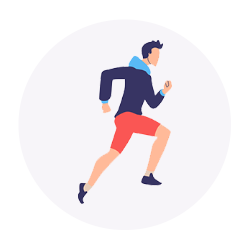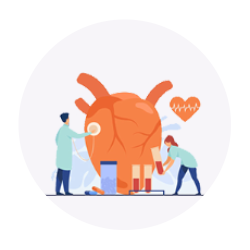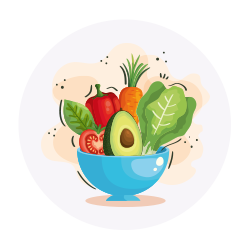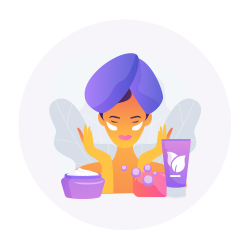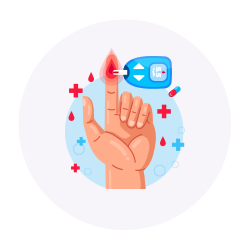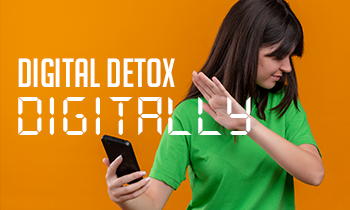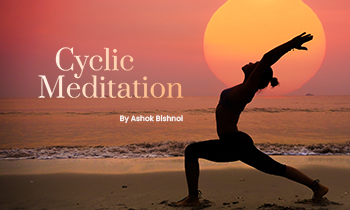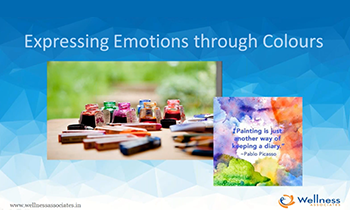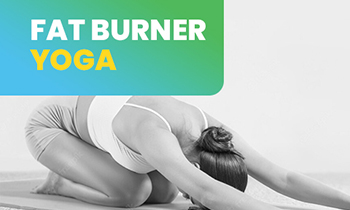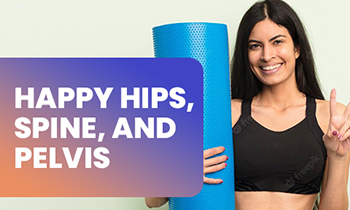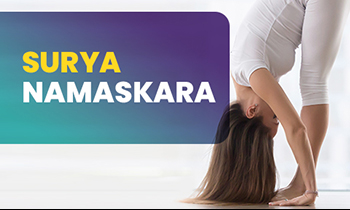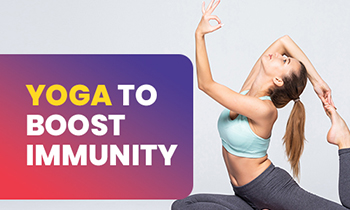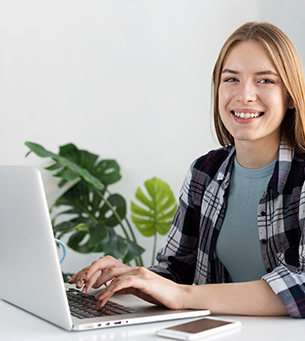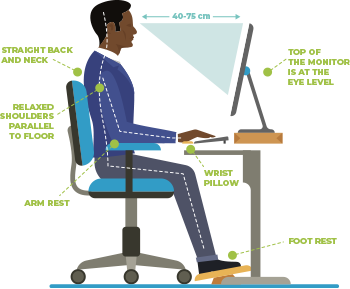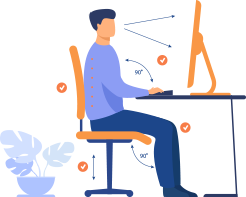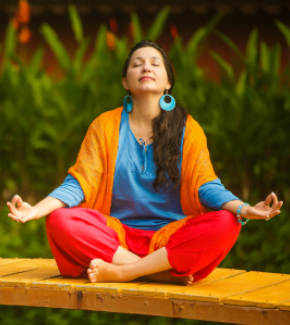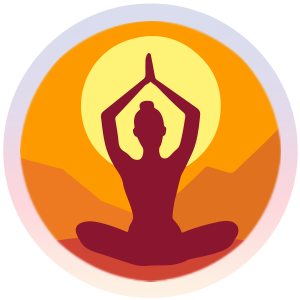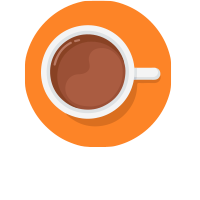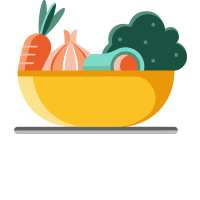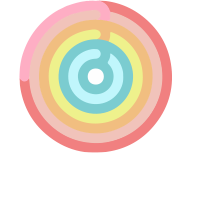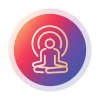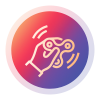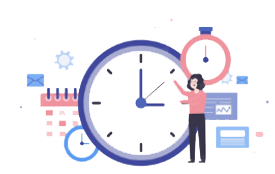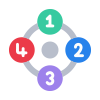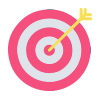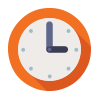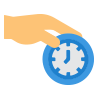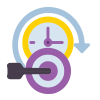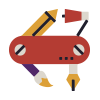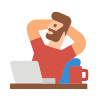Experience the benefits of mindfulness meditation
Practicing mindfulness meditation not only decreases stress, improves mental health, and overall happiness, but also has other advantages like:
- Detachment from negative thoughts that can cause a downward spiral
- Reduced overwhelm and increased resilience
- Living a more mindful life and becoming conscious of every action
- Identification of triggers that cause stress and learn from them
- Reduction of the habit of rumination
- Lowering of blood pressure, reduction of chronic pain, and improved sleep
When practiced for a while, the benefits tend to spill over and enrich every part of your life
Your new way of life
In today's fast-paced world, it is a challenge to pause. There are multiple tasks vying for your attention, which can force you to multi-task and make it difficult to be present in the moment.
To live with purpose, your intent should be to focus on being mindful during your everyday life. Whether it’s eating, walking, or interacting with people, there are many opportunities in your daily lives to practise being aware and present.
A gradual, but obvious shift is seen as more and more people are embracing mindfulness and meditation as a way of living - from people working to improve their general well-being to companies including meditation and mindfulness sessions in employee wellness programs.
Mindfulness meditation is simple but takes deliberate practice. It’s best to take baby steps while starting out and persevere, as it gradually becomes a part of your life.

